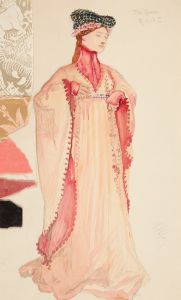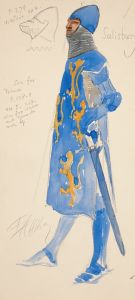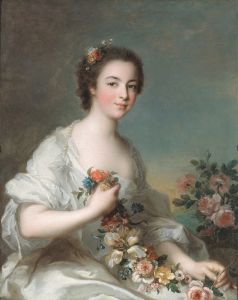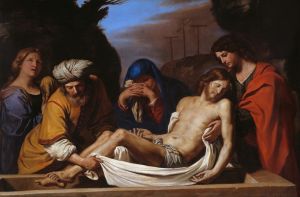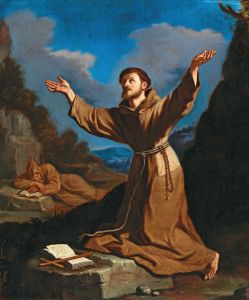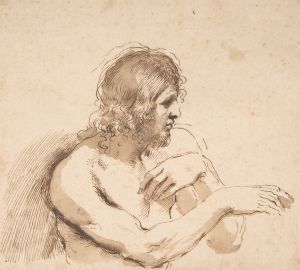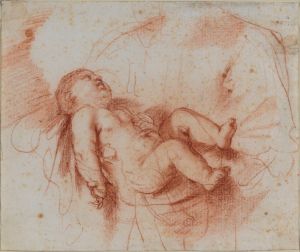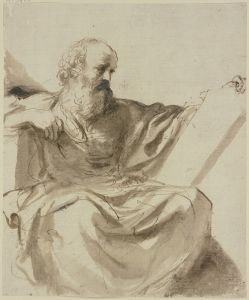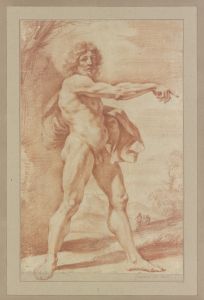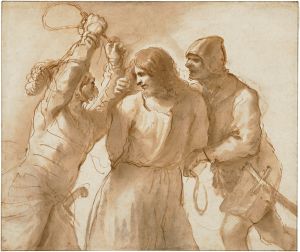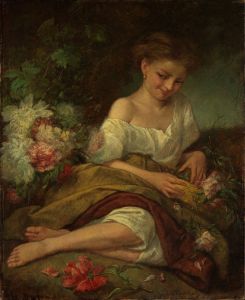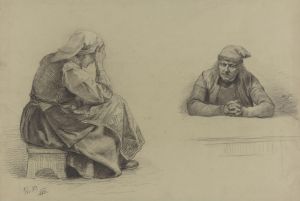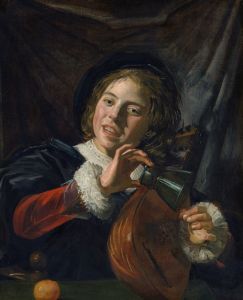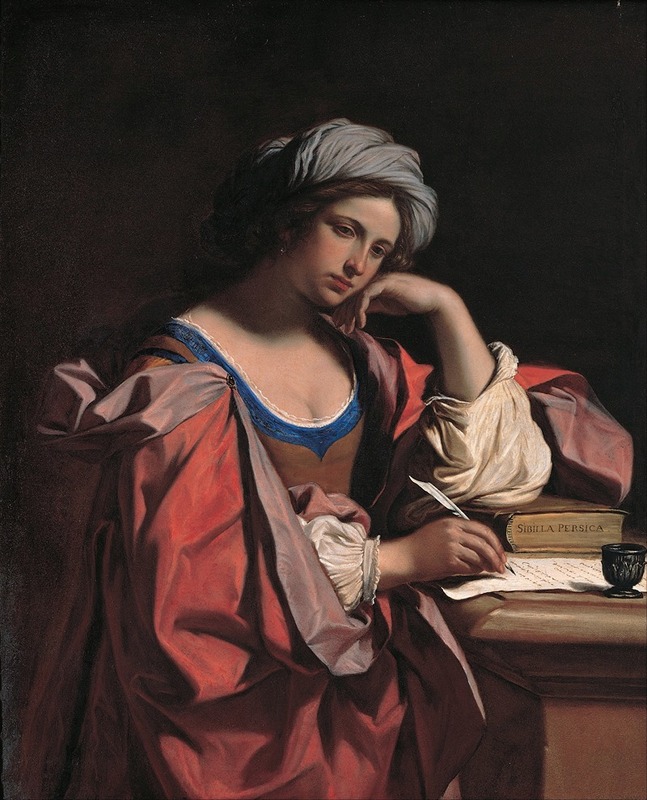
The Persian Sibyl
A hand-painted replica of Guercino’s masterpiece The Persian Sibyl, meticulously crafted by professional artists to capture the true essence of the original. Each piece is created with museum-quality canvas and rare mineral pigments, carefully painted by experienced artists with delicate brushstrokes and rich, layered colors to perfectly recreate the texture of the original artwork. Unlike machine-printed reproductions, this hand-painted version brings the painting to life, infused with the artist’s emotions and skill in every stroke. Whether for personal collection or home decoration, it instantly elevates the artistic atmosphere of any space.
The Persian Sibyl is a painting created by the Italian Baroque artist Giovanni Francesco Barbieri, commonly known as Guercino. This artwork, completed in 1647, is part of a series of sibyls painted by Guercino during his career. The sibyls were prophetic figures from ancient mythology, often associated with foretelling significant events, including those in Christian theology. The Persian Sibyl is one of the twelve sibyls described in classical literature and is traditionally linked to prophecies concerning the coming of Christ.
The painting depicts the Persian Sibyl as a young woman, seated and holding a scroll, a common attribute in depictions of sibyls, symbolizing their prophetic writings. Guercino’s characteristic use of chiaroscuro is evident in the work, with dramatic contrasts of light and shadow emphasizing the figure’s form and expression. The sibyl’s contemplative gaze and the dynamic drapery of her clothing reflect Guercino’s mastery of Baroque aesthetics, which sought to evoke emotion and movement.
The Persian Sibyl is notable for its refined execution and the artist’s attention to detail, particularly in the rendering of textures and the interplay of light on the figure’s face and garments. Guercino’s ability to convey a sense of introspection and spirituality in his subjects is a hallmark of his style, and this painting is no exception.
The artwork is housed in the Capitoline Museums in Rome, where it remains an important example of Guercino’s work and Baroque art in general. The Capitoline Museums acquired the painting as part of their extensive collection of European art, which includes works from the Renaissance and Baroque periods.
Guercino was a prolific artist whose works were highly sought after during his lifetime. His paintings often combined naturalistic detail with dramatic compositions, making him one of the leading figures of the Baroque era. The Persian Sibyl is a testament to his skill in portraying mythological and religious themes with both technical precision and emotional depth.
This painting continues to be studied and admired for its artistic qualities and its place within the broader context of Baroque art. It also contributes to the understanding of how ancient mythological figures like the sibyls were reinterpreted in Christian art during the 17th century.





